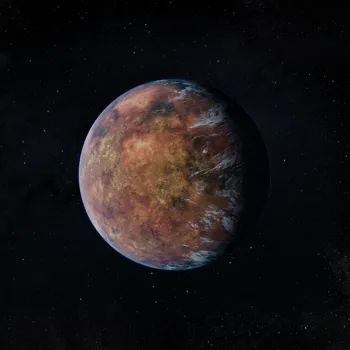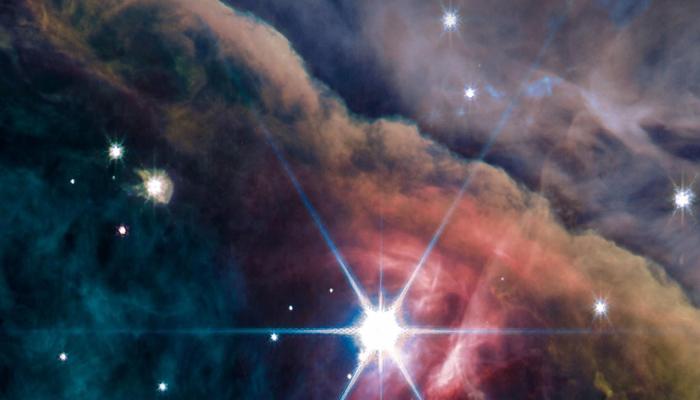Embarking on a cosmic journey to find habitable exoplanets, exploring what makes a planet suitable for life. Discover more
Across the vast expanse of the cosmos, scientists are engaged in a thrilling quest:
the search for exoplanets, planets orbiting stars other than our Sun, that might harbor life. This search is fueled by the fundamental question "Are we alone?

" and driven by advancements in telescope technology and our understanding of planetary science. But what exactly makes a planet "habitable," and how do scientists identify these promising candidates in the immense universe?
Habitable zone critical for life, not only factor
The concept of a habitable zone, often called the "Goldilocks zone," is central to this search. This zone refers to the region around a star where the temperature allows for liquid water to exist on a planet's surface.

Water, as we know it, is essential for life as it acts as a solvent, facilitating chemical reactions necessary for biological processes.. However, the habitable zone is not the only factor.
A planet's atmosphere, size, composition, and even its magnetic field play crucial roles in determining its habitability.
Exoplanet potential for life depends on star type
The type of star an exoplanet orbits significantly influences its potential for life. Stars like our Sun, which are relatively stable and long-lived, provide a consistent energy source for planets within their habitable zones.

Smaller, cooler stars, known as red dwarfs, are more common but also present challenges. Red dwarfs emit less energy, so their habitable zones are closer to the star, leading to planets becoming tidally locked, where one side always faces the star.
While this raises concerns about extreme temperature differences,recent research suggests that thick cloud cover or efficient heat distribution could mitigate these effects.
The amount of harmful radiation emitted by a star is important for any planets orbiting in it, because too much harmful radiation can impact life conditions.
A planet's atmosphere regulates temperature and can support life through biosignatures
A planet's atmosphere is a vital shield, protecting the surface from harmful radiation and regulating temperature. An atmosphere with the right composition can trap heat, preventing a planet from freezing over, a phenomenon known as the greenhouse effect.

However, an excessive greenhouse effect, as seen on Venus, can lead to scorching temperatures. The presence of certain gases in the atmosphere, such as oxygen, can also indicate the potential for life, although oxygen can also be produced by non-biological processes.
Scientists are looking for atmospheric biosignatures, indicators of life, like gases produced by living organisms, like methane, the conditions on Earth are very appropriate for life.
Planet size, mass, composition, rotation crucial for habitability
A planet's size and mass also matter. Smaller planets with insufficient gravity may struggle to retain an atmosphere, while larger, more massive planets can develop into gas giants, making them inhospitable to life as we know it. A planet's composition is also important.

Rocky planets, like Earth, are believed to be more conducive to life than gas giants. The presence of a magnetic field can protect a planet from harmful solar winds, which can strip away its atmosphere.
The spin of the planet and the time it takes to finish one rotation is important, example, our planet is not tidally locked, and so it is suitable for life.
Technology detects exoplanets using various telescope methods
Current technology will have the capability to detect planets with the use of many powerful telescopes. These telescopes use different methods like the transit method and radial velocity method to detect exoplanets.

The transit method involves monitoring a star's brightness for dips that occur when a planet passes in front of it.
The radial velocity method measures the wobble of stars caused by the gravitational pull of orbiting planets These methods allow for the discovery of lots and lots of exoplanets orbiting stars that may be suitable for life.
Scientists using advanced tools seek exoplanets for signs of life
As technology advances, scientists are developing more sophisticated tools to search for exoplanets and analyze their atmospheres.

New telescopes, such as the James Webb Space Telescope, are expected to provide unprecedented insights into the composition of exoplanets, allowing scientists to search for biosignatures and assess their habitability with greater precision.
It is the hope of many that these future telescopes will soon be able to detect signs of life. This quest for life beyond Earth is a journey of exploration and discovery, pushing the boundaries of science and expanding our understanding of the universe.










